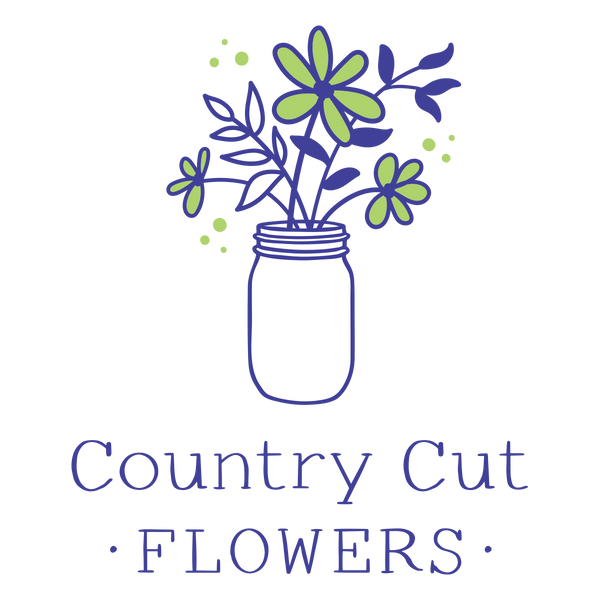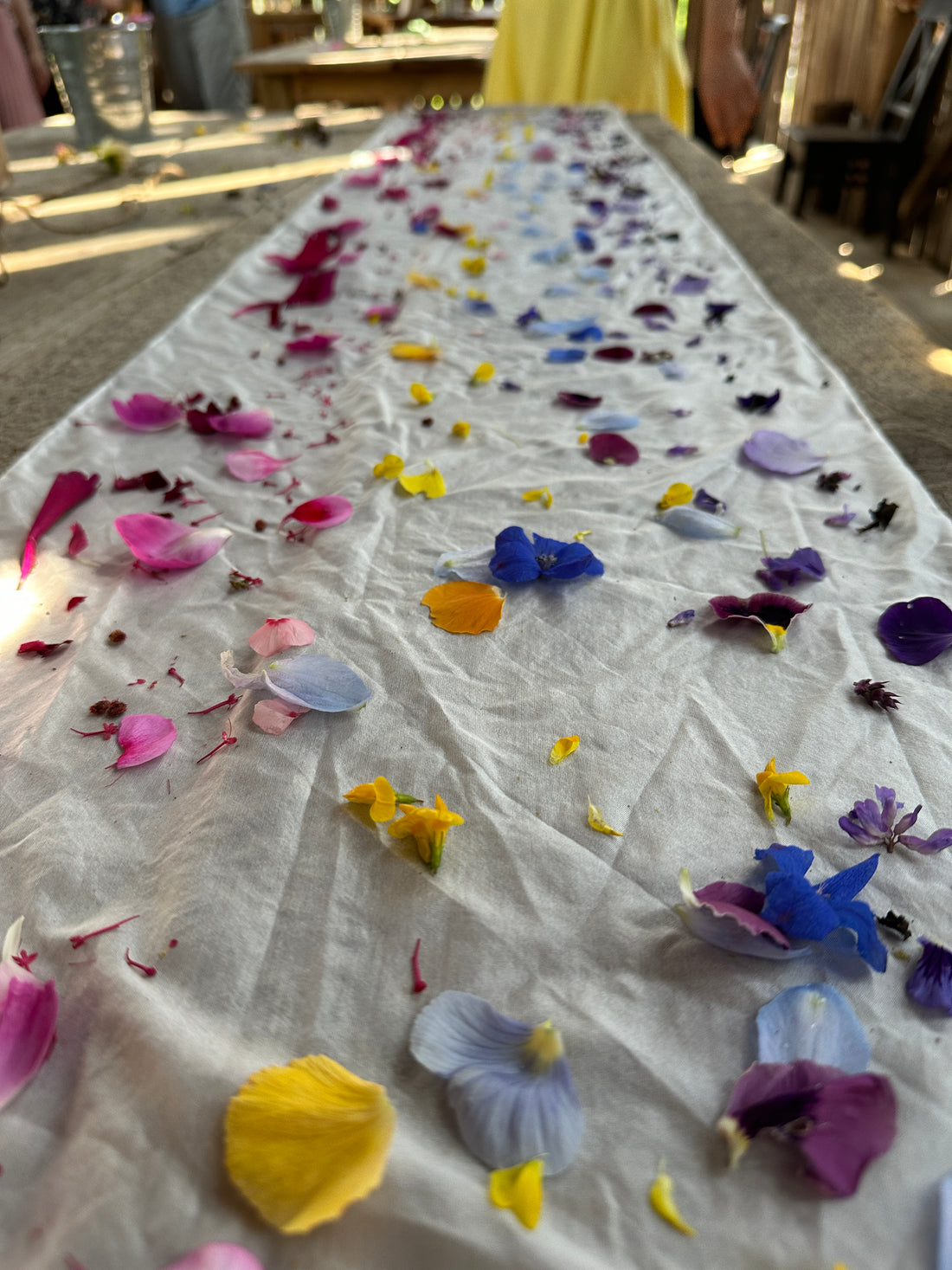I sat down recently with my friend, Grace, of Silk and Sumac, to chat about all things floral and botanical dyeing. Enjoy!
You’ve had many careers. What work did you do before becoming a botanical dyer?
Before I became a dyer I was doing a lot of felting and pottery. I have always loved and needed to work with my hands. Professionally I am a gardener who has recently retired. I had a serious injury just over a year ago and had been gardening less and this was the time to stop. I still have my own home garden and help a friend with her large garden. I will always have some sort of garden!
How does your love of gardening complement your love of botanical dyeing?
Gardening and dyeing go hand in hand. As a grower and avid learner of the plant world, learning about what colours plants could provide was just the continuing the knowledge I had already learned. Plants have so many facets to them .
Tell me more about the beginning of Silk and Sumac. What inspired the name? Any surprises once you embarked on this journey?
Silk and Sumac started with me dyeing silk for nuno felting. It began with rust dyeing and took off from there. The next step for me was ecodyeing – so dyeing anything I could get my hands on – shirts, scarves, tablecloths, etc… and this was using leaves and flowers directly on the material. Then I saw an article in a magazine about plant dyed ribbons which piqued my interest and at the same time, a friend, Annette, mentioned that plant dyed ribbons would be a perfect addition to the floral community in Ontario – there was no one or few people doing this in Canada. Annette ( on instagram @florenaking , has always been most supportive). In 2018 , I enrolled in a program called “artrepreneur” which was a 4 month course that assisted small businesses. My business name just came from trying to find something that slipped off the tongue smoothly.
What do you love about the process of dyeing? What don’t you like?
I love the process of discovery and the challenges of finding just the right shade of colour…. Also the combinations of colour. There is also such a variety in dyeing….. indigo dyeing is an art on its own and is a different way of using plants to create a dye. I love that there is so much to learn about dyeing. It is never- ending. The only thing I do not like about dyeing is I wish I had a better / larger space in the winter. Summer is great because I can be outdoors. I also don’t like social media.
Have you had doubts over the years? What did you do to quiet the doubt? And persevere with your passion?
Of course I have had doubts. The first few years were slow and I was not good at “selling “ myself … but I kept at it and my business grew.
What kind of training/courses have you done/are currently doing?
I have done business courses and have taken many dyeing courses. Have a ton of books and keep learning!
What is unique about your style?
I love that dyeing is very forgiving. You can have different results often when following the same “recipe”. I love the variety it offers. I don’t know what is unique about my style….
What is your first memory of flowers?
As a child we had a rock garden in the backyard and I loved all the early spring flowers, especially the perennials – the forget-me-nots, bleeding hearts and the fruit trees when they flowered.
Favourite flower & why?
Ooh this is a tough one… but off the top of my head I would have to say pansies are one of my favourite flowers. They are one of the first spring flowers and come in so many colours. So many beautiful flowers both annuals and perennials and bulbs….. no shortage!
What do you enjoy doing outside of botanical dyeing?
I am just starting to learn more about basketry. I have taken a a couple of willow basketry courses and also basketry with other fibres like cattails, daylilies and plants I have in my garden or I can forage for.
Where do you envision yourself & the business five years from now?
In five years from now I can envision myself still teaching, but possibly dyeing less.

Beautiful photo of Grace by @babynbloom

